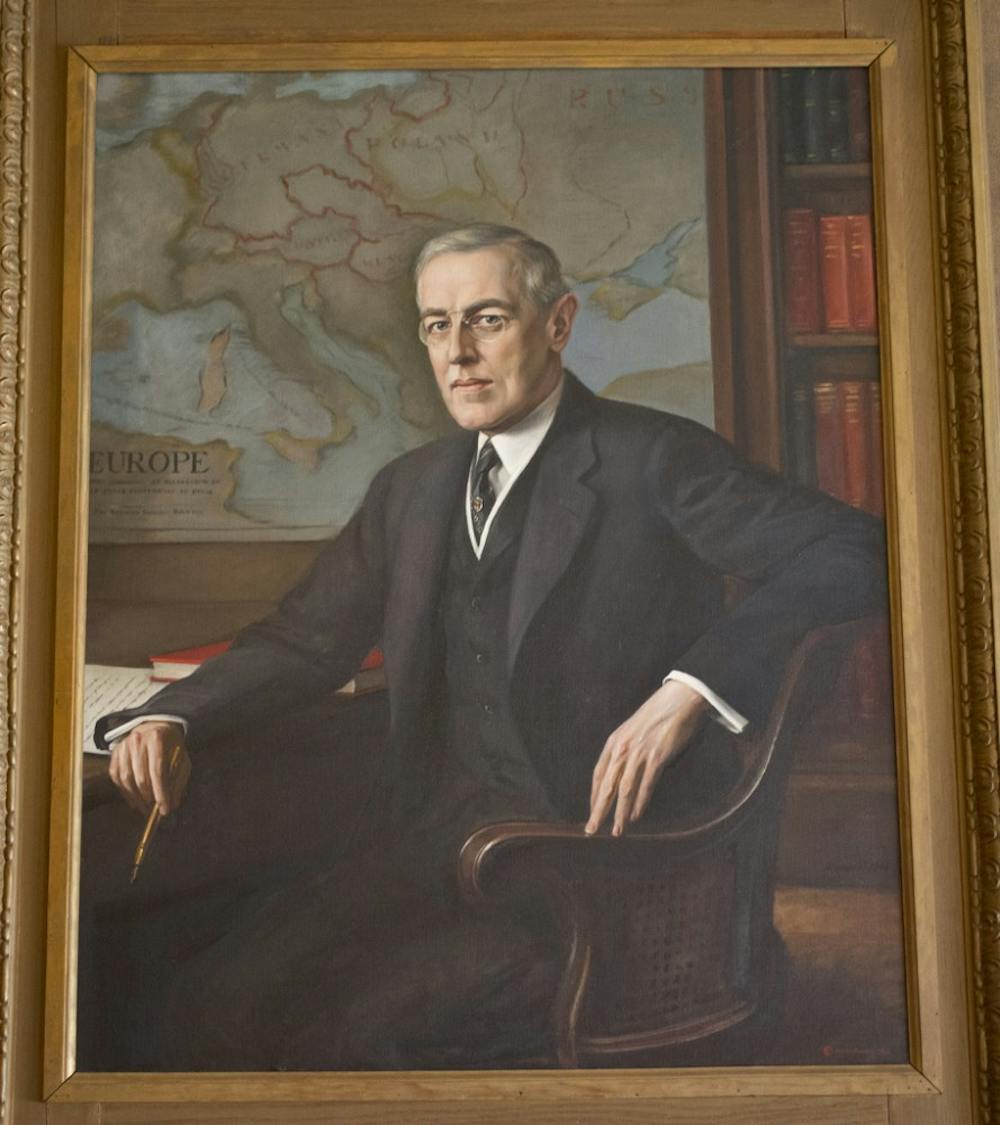“Legacy? What is a legacy?” laments Alexander Hamilton in the self-titled musical. “It’s planting seeds in a garden you never get to see.” Though profound, this revelation doesn’t convey all sides of the story — while you may not personally experience the effects of the marks you leave behind, countless others will. The pursuit of leaving an impression on future generations is probably what motivated, and still motivates, so many people to donate to the University, in hopes that a building, or even just a plaque, will preserve their name. But there’s a glaring issue: The people whose names are currently enshrined in brick and mortar do not represent the diversity of today’s student body. Rather, we are living in the legacy of white men.
To be honest, I didn’t even notice at first. As a bright-eyed frosh trying to take in all the wonders of the University, I worried more about knowing which building was which rather than questioning how they were named. But one day, as I was entering the Butler side of the dining hall, I noticed with a jolt that it was named “Gordon Wu Hall.” Moreover, I looked at the plaque beside the door and realized that it said the same thing, but in traditional Chinese characters. I was shocked. Was this building named after someone who shared my heritage? Someone who I could perhaps identify with? I didn’t know … I didn’t know that was a thing.
My visceral shock at the anomaly of Wu Hall forced me to reflect on a truth whose impact I didn’t fully understand at the time: I was simply accustomed to all the buildings and spaces around me being named after white men. Take the six underclassmen residential colleges for example — all but one fit the bill.
I accepted this as a given, but I cannot do so any longer. As University students, these buildings in which we live and love, cry and laugh, shape how we conceptualize our individual Princeton experiences. These are the names we fondly colloquialize; turning Witherspoon into “’Spoon” or redefining “McCosh” as a verb. The buildings become integrated in our daily lives, yet the people after whom they are named do not represent the diversity of current students. In addition, many of these buildings have a tainted history: Behind these names are people who were explicitly exclusive of people of color and other underrepresented groups. Even though nowadays all students are granted equal access to these spaces, minority students must bear a burden knowing that these buildings were not built with them in mind.
If it is the wealthy and successful who endow the University with such grandeur and elegant architectural presence, then the practical absence of minority representation sends the message that those whose names do not crown these edifices (and, by implication, the groups they belong to) are typically not wealthy and not successful. Is this what we want generations of Princetonians to take away? Sure, a lot of Princeton’s rich and famous alumni have indeed been white men, but only because for so long those were the only people Princeton accepted. Yet that no longer remains true, and these changes should be reflected in the buildings on campus.
It’s not that the University hasn’t acknowledged this problem. It has commendably taken ownership of its history through initiatives such as the Princeton & Slavery Project, or the recent renaming of smaller spaces, like the Betsy Stockton Garden or Jimmy Johnson Arch. But this is just a start. The buildings and spaces most commonly used by students still lack diversity in representation. I am not necessarily calling to change the names of pre-existing buildings, because it is important to acknowledge history, not erase it. Rather, as the University moves forward, especially in its plans to expand campus, it should consider the importance of diversity and representation in naming buildings. To alumni who identify with underrepresented groups: Perhaps this can be the inspiration and reason for you to leave your mark.
Our surroundings shouldn’t be dominated by just the legacy of white men anymore. Our student body is far more diverse today than it has ever been before, and building names should reflect that. This is our campus — all of ours.
Siyang Liu is a sophomore from Princeton, N.J. She can be reached at siyangl@princeton.edu.








